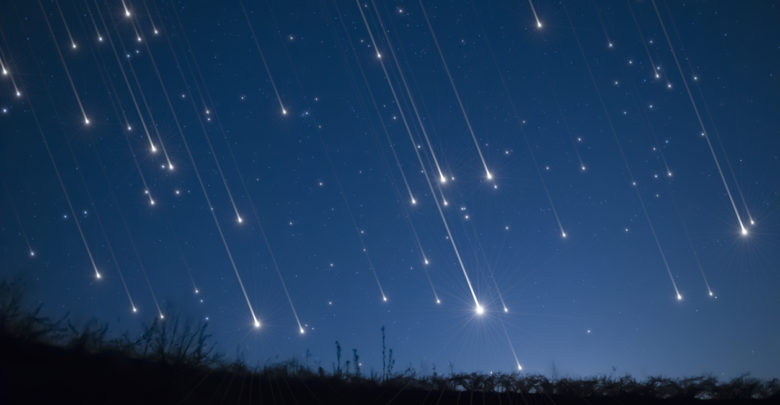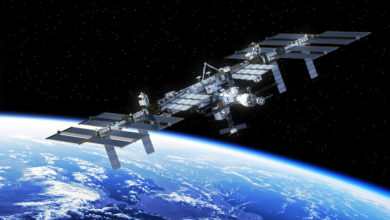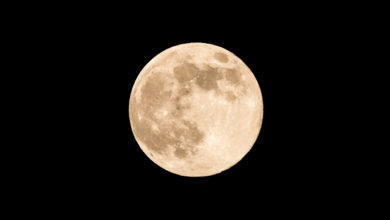Science
Leonid Meteor Shower 2018 To Reach Peak This Weekend
Around 10 to 20 shooting stars are expected to appear every hour if the sky is clear

The Leonid meteor shower 2018, which is already underway, will reportedly reach its peak on Saturday, November 17. Around 10 to 20 shooting stars are expected to appear every hour if the sky is clear. Traveling at around 44 miles per second, the meteors will appear as bright, colorful streaks across the night sky.
“Twenty meteors per hour are likely through the peak, which makes it more active than the recent Taurid meteor shower,” said AccuWeather Astronomy Blogger Dave Samuhel.
Meteors are space rocks that enter the Earth’s atmosphere at various points of time. While making an entry, the rock becomes so hot that it falls towards the Earth. In the process, the rock leaves a bright streak behind due to hot air leading to the creation of a shooting star.
The Leonid meteor shower occurs every year around this time. It takes place when Earth moves across the orbital path of Comet Tempel-Tuttle. When Earth’s atmosphere encounters debris coming from the comet, the debris appears to streak across the sky as it burns up in the atmosphere. It is named the Leonid meteor shower as the comet appears to come from the constellation Leo. The shooting stars shower is expected to peak late Saturday night and into Sunday morning this year. The meteor shower will be visible in the night sky until the end of this month.
The National Aeronautics and Space Administration (NASA) has advised skygazers to find a viewing site far away from city or street lights where there is less light pollution and giving some time to the eyes to adjust to the darkness. The Leonid meteor shower will be visible from the naked eye, but, it is still advisable to carry a pair of binoculars for a clear and close vision.





